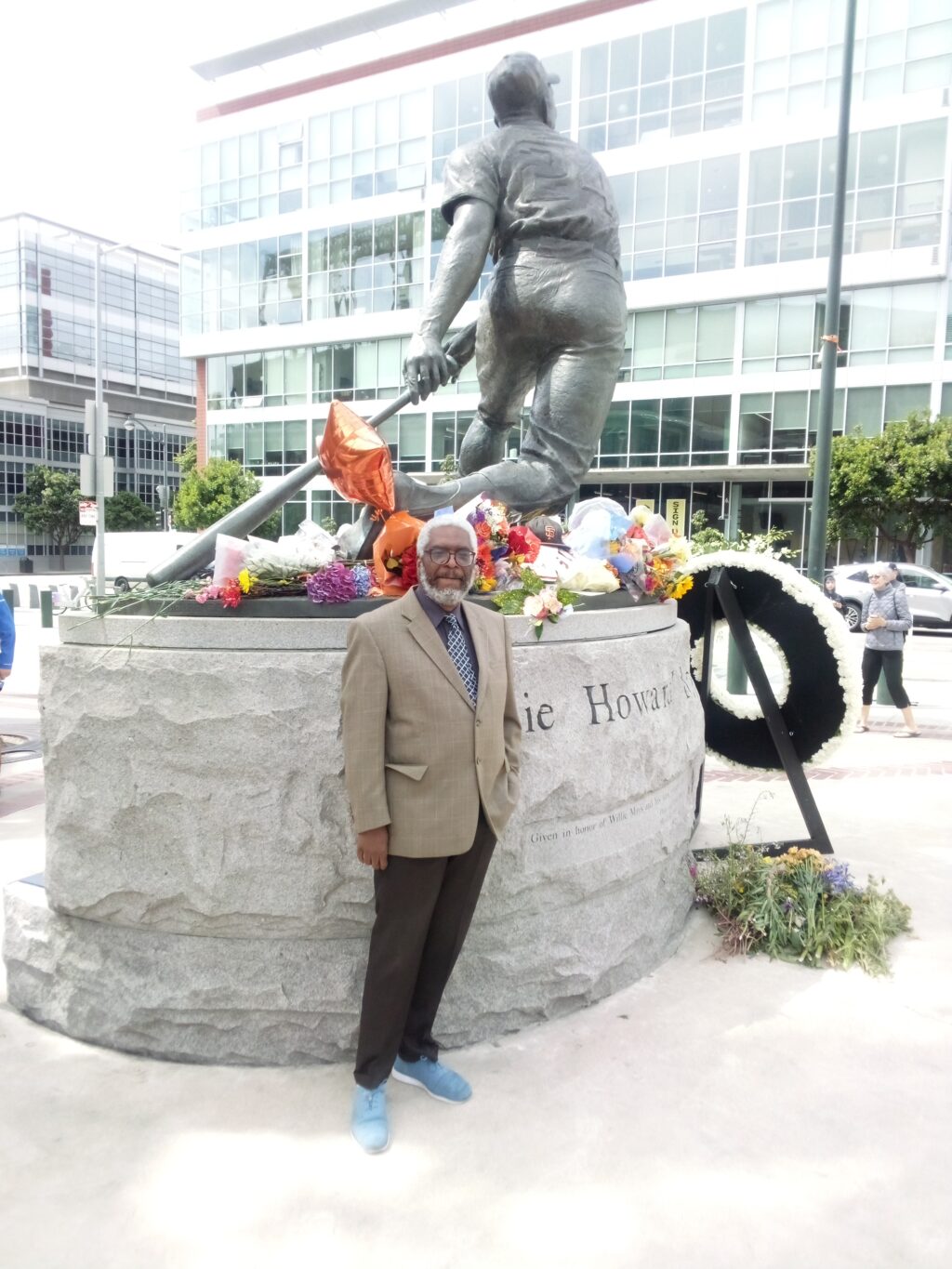John William Templeton curated the exhibit The Black Queen: California Black Heritage Confirmed by Public Art in 2004, which will have a 20th anniversary revival in 2025 at the new Sargent Johnson National Museum of African-American Art at Fisherman’s Wharf.
On Aug. 28, he joins Malik Seneferu and James Bryant in Black Art, Labor and Politics at The Marlowe, 231 Grant St. at 6 p.m. in Union Square.
“Since the early 1500s, when Spanish maps depicted California as an island populated solely by Black women, Black women have been expected to be leaders, warriors and changemakers,” reports the author of Our Roots Run Deep: the Black Experience in California, Vols. 1-4, winner of the Library Laureate award in 2002 by the Friends of the San Francisco Public Library.
“In the Spanish era, Maria Rita Valdez was the owner of Rancho Rodeo de Aguas, now known as Beverly Hills,” he adds. “After the American conquest, Mary Ellen Pleasant became one of the richest women in the state while surreptitiously funding the Underground Railroad, including John Brown’s raid on Harpers Ferry. In 1864, Charlotte Brown would end streetcar segregation in San Francisco by refusing to go to the back and winning a court case.”
Music was the first route to the White House. “Matilda Sissiretta Jones would be the first Black performer at the White House in the 1880s.”
In the 20th century, the image of Black women as intrepid warriors would spread through art from Nob Hill to the Lincoln Memorial. Jules Guerin would create the murals in the Lincoln Memorial dedicated in 1922 after a fundraising campaign by Black communities. On her ascension to Vice President, Harris would hold a memorial service for COVID victims at the Lincoln Memorial. Maynard Dixon and Frank von Sloun created the similar murals in the Room of the Dons of the Mark Hopkins Hotel at California and Mason, adjacent to where Vice President Kamala Harris gave her first fundraising event as the Democratic nominee.
Literature and dance were the platform for Marguerite Johnson to overcome a speech impediment when she was in Arkansas to become Maya Angelou after arriving in San Francisco. The San Francisco Labor School, co-founded by Langston Hughes, was a pivotal point in her development. Templeton is developing the Maya Angelou National Historic District based on the site identified in her seven autobiographies.
Just before the election, The Marlowe hosts an annual exhibition by Black women artists – The Black Woman is God– by curator Karen Seneferu.

